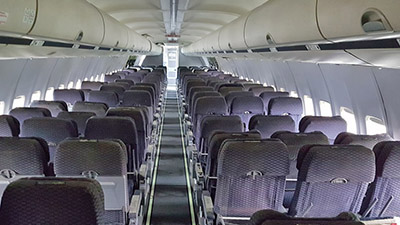Human Factors, Comfort and Design
Technological seat design for a positive experience
Almost everyone on the planet uses a vehicle seat (in a car, train, bus, airplane). The latest knowledge on the ideal comfortable seat design is often hard to get. This course shares the latest knowledge illustrated by examples.
Given in 2014 and 2017
____
"Very valuable were the different discussions with others who are working on similar topics, the update on which issues work is done and to learn about the developments on the topic of optimal seat pressure distribution"
Participant IDE Master Class 2017
Curriculum
In this Master Class, professional designers, engineers and architects will be brought up to date on: (1) the latest knowledge on comfort seat experience, (2) basic seat comfort requirements, (3) translating knowledge on comfort into seat features, (4) measuring comfort and discomfort, (5) stimulating movement in seats, and (6) storing personal belongings.
You will learn and experience how comfort and light weight can be achieved by changing the physical environment and products. The theory is supported by applied case examples, for example the effects of BMW car-interiors on end users. You can create your own programme from a number of small group workshops:
- using pressure mats and interpreting the results
- performing 3d-scanning of human bodies
- constructing your own questionnaires from existing comfort/discomfort questionnaires
- recording human sensitivity and translate it into seat requirement
- the most recent anthropometric data and stimulating variation of posture in the seat
Learning Objectives
After participating in this Master Class, you will:
- understand the principles of experiencing comfort and discomfort;
- understand the effects on the human of seat characteristics;
- be able to execute the principles in seat design;
- be able to perform measurements to increase seat comfort.
Content
- Comfort and discomfort;
- Vehicle seat comfort and discomfort;
- Applying theory to seat design.

